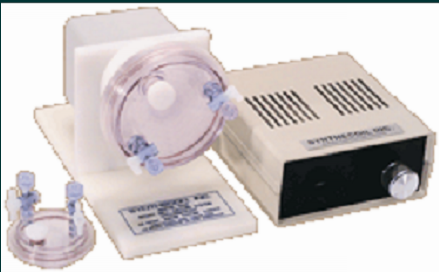In addition to the zero gravity, the inventors found that when the shuttle went in and out of the polar magnetic fields, there was increased growth of the cells. After years of research, the inventors were able to determine what was happening. At first, the inventors used a sinusoidal wave to check for cell growth. This is what most of the products currently on the market use. This wave produced results, but minimal results.
Finally, after years of analyzing shuttle data, the inventors discovered that the proper wave to use was a square wave. Test on the square wave showed great results but not always reproducible. After more years of research and reviewing shuttle data, it was discovered that while the square wave was correct, there had to be a certain slew rate and rest period to get consistent outstanding results. This is the wave generated by the Magnafix unit.
Regeneration of tissue in an animal follows the same pattern as the natural system of regeneration performed by stem cells.
In addition to the significant cell growth created on the shuttle flights, it was found that if one attempted to grow tissue in zero gravity, it grew well. When the fluid containing the tissue was analyzed, it was found to be loaded with growth factors such as CGSF, GMCSF, VEGF, etc. Amgen sells $16 billion of these growth factors a year, but Amgen uses a recombinant method using E.Coli to produce them. The idea then was to produce these natural growth factors on earth for a fraction of the cost of artificial growth factors. Dr. Rudd was presented the Outstanding Inventor of the Year award by NASA for this work. Further, the technology has been inducted into the Space Hall of Fame.
In addition to the stem cell growth and creation of growth factors, it was discovered that when testing the technology on animals, calcium channeling occurred promoting growth and healing.
While the original intent of the inventors was to take a blood sample, separate the stem cells, expand them, and return them to the body for regeneration, the inventors stepped back and reviewed the situation and concluded that the bioreactor was not needed, why not just do it in the animal or human body where the cells do not adhere. Thus, the Magnavet system was developed.
After extensive testing, it can only be concluded that the Magnavet system works for bone and soft tissue repair in mammals.








